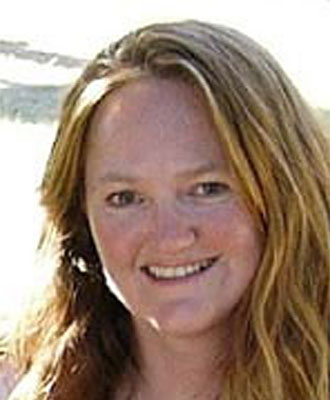Abstract
"The interpretation of observed elastic wave velocities in the rocks of the earth's crust is our principle basis for inferring its structure at inaccessible depths."
- Ide, 1936.
Ide's statement is as true today as it was back in 1936. He goes on to talk about the practical nature of geophysics and how the observed time differences are more important than the actual velocities in different rocks. This is no longer true. With the advent of depth imaging, there is a paradigm shift back to requiring the actual velocities of elastic waves travelling through rock.
In recent years the focus of seismic processing has moved from time imaging to depth imaging. Time imaging is often preferred for its simplicity in determining imaging velocities to create an image of the sub-surface. However, in areas of complex deformation, that contain laterally varying velocity fields, depth migration is required. Instead of imaging velocities, depth migration uses interval velocities. Estimating interval velocities for depth processing is challenging but provides additional information regarding the subsurface.
Additionally, time migration is less sensitive than depth migration to variations in the velocity model, but may distort structures in areas with lateral velocity variations and introduces the possibility of interpretation pitfalls. These pitfalls may often be eliminated with the use of a precise velocity model to convert time sections to depth sections, although this will not resolve the lateral mis-positioning of structures by time migration.
In the case of complex structures with steep dips, lateral velocity changes and closely spaced folds and faults, depth migration is necessary to correctly position reflectors. However, to obtain the correct image we ultimately require the correct velocity model. In addition, anisotropy further confounds the issue and leads to greater errors in the final image, if ignored, and therefore must also be considered in the velocity model.
In the case of isotropic prestack depth migration, velocity is independent of the direction of travel, therefore, a single value is required for each subsurface location and a single velocity model fully characterises wave propagation. Despite the long term success of the isotropic assumption, the Earth is, in fact, anisotropic and should be treated as such in seismic imaging. Many studies have shown that transverse isotropy, a form of anisotropy, sufficiently characterises wave propagation through clastic strata, in which case, four parameters are required to fully characterise P-wave propagation. When Thomsen's parameters of anisotropy are utilised, the velocity model is now, in effect, four models (velocity, e, d and q), that we refer to as the Vεδθ model, where V represents the V0 velocity perpendicular to bedding, e and d are the Thomsen parameters of anisotropy and q is the orientation of the symmetry axis.
Presently, the Vεδθ model used in depth imaging is refined by selecting parameters that best flatten events on common image gathers and create the most coherent depth migrated section. However, how this Vεδθ model relates to the actual geological model is often not considered. By understanding the relationship between the seismic velocity model and geology, we should be able to improve the velocity model, and subsequently improve the seismic depth image.
Biography
Rachel Newrick earned a B.Sc. in geology (1992) and a B.Sc. (Hons.) with first class honours in geophysics (1993) from Victoria University of Wellington, New Zealand, and Ph.D. in exploration seismology from the University of Calgary (2004). She has presented her research at the EAGE, SEG, and CSEG Annual Meetings, GeoCanada 2000 and the 10th International Workshop on Seismic Anisotropy. Rachel co-authored a recent SEG geophysical monograph "Fundamentals of Geophysical Interpretation" with Dr. Larry Lines of the University of Calgary. In April 2005 she was presented with the Department of Geology and Geophysics Outstanding PhD Thesis (2004) and Outstanding Academic Achievement (2004) awards.
During her studies, Rachel worked with BHP Petroleum (Melbourne), Occidental Petroleum (Houston), Veritas DGC (Calgary) and ExxonMobil Corporation (Houston). She is currently working as a geoscientist with Nexen Inc. in the Canadian Oil and Gas New Growth Team.
Rachel is also an avid motorcyclist and traveler. She was editor of WIMA NZ, the magazine of the Women's International Motorcycling Association (1997), founded a motorcycle club for women in Calgary called the Wild West Vixens (1999) and has been a motorcycle instructor since 2000. She has traveled extensively throughout New Zealand, Europe, Africa and Central America, and hopes to soon combine motorcycling and traveling in an epic South American adventure.





